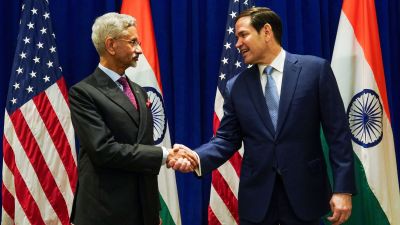PCs not important, R&D is the in-thing
The Olympics have been a learning experience for me as a student of hockey. The game has evolved enormously between Sydney and Athens. In a ...

The Olympics have been a learning experience for me as a student of hockey. The game has evolved enormously between Sydney and Athens. In a sense, an older brand of hockey is back, albeit in a more polished manner.
The balance between sharp hits and slap shots has again tilted in favour of the former. Simply put, this means more attempts at striking the ball while running, instead of stopping the momentum and taking a slap shot from a stationary position.
These are hockey’s shock and awe tactics — use sharp hits to get the early breakthrough, never allowing the opponent to recover. This approach has been best exemplified by the Australians at the Olympics.
Short passes too are back in fashion. There is no time wasted on dribbling past four or five defenders to attempt a hit at the goal. As such, the game has become faster. This is also reflected in the increase in turnover moves. Your team mounts an attack, the ball is intercepted and instantly a counter-attack is on the way. There is no breathing space, no time to lose.
It is hockey as the survival of the fittest.
All this has made the job of the midfielders crucial. They have the dual job now of creating spaces for both defenders as well as forwards. Defenders on their part are increasingly moving the game into the left side of the opponent, perceived to be more difficult to score from.
Some statistics are revealing. The relative importance of penalty corners has declined. The astroturf used in Athens was simply not fast enough to facilitate quick movement of the ball during penalty corners.
Conversion of these into goals was that much more difficult.
The level of R&D, if I may use that term, going into hockey is impressive. Big teams are constantly innovating. For India too, the lesson is clear. There is no time for languid attempts at the goal.
Take the game against Pakistan. They had 17 shots at goal, we had only four. True, a larger percentage of our shots at goal actually ended being scored, but modern teams need to take and create more chances.
That is the message from Athens.
Photos


- 01
- 02
- 03
- 04
- 05





























